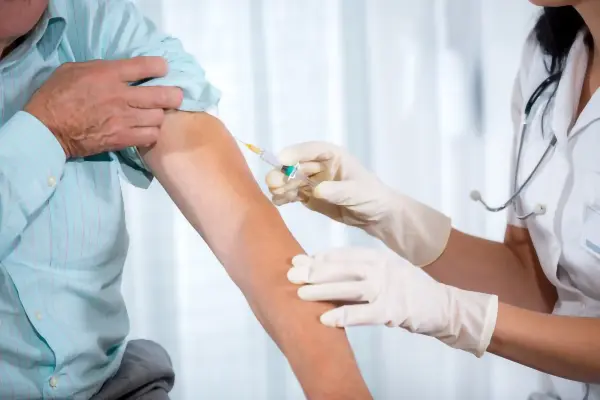We use cookies to help provide you with the best possible online experience.
By using this site, you agree that we may store and access cookies on your device. Cookie policy.
Cookie settings.
Functional Cookies
Functional Cookies are enabled by default at all times so that we can save your preferences for cookie settings and ensure site works and delivers best experience.
3rd Party Cookies
This website uses Google Analytics to collect anonymous information such as the number of visitors to the site, and the most popular pages.
Keeping this cookie enabled helps us to improve our website.
Practice News
All the latest news and information from the surgery and our patient community
 Flu Vaccinations
We have a limited availability of flu vaccinations, so If you already have an appointment booked in at the surgery, please attend as planned
13/10/2025
Flu Vaccinations
We have a limited availability of flu vaccinations, so If you already have an appointment booked in at the surgery, please attend as planned
13/10/2025
 April Newsletter 2025
Please read our latest newsletter
03/04/2025
April Newsletter 2025
Please read our latest newsletter
03/04/2025
 Weight Loss Drugs
Mounjaro and Wegovy are still not available locally on the NHS. Read more
27/03/2025
Weight Loss Drugs
Mounjaro and Wegovy are still not available locally on the NHS. Read more
27/03/2025
 October Newsletter 2024
Please read our latest newsletter
13/11/2024
October Newsletter 2024
Please read our latest newsletter
13/11/2024
 Parkrun Practice
At West Hampstead Medical Centre, we are proud to be a parkrun practice.
10/10/2024
Parkrun Practice
At West Hampstead Medical Centre, we are proud to be a parkrun practice.
10/10/2024